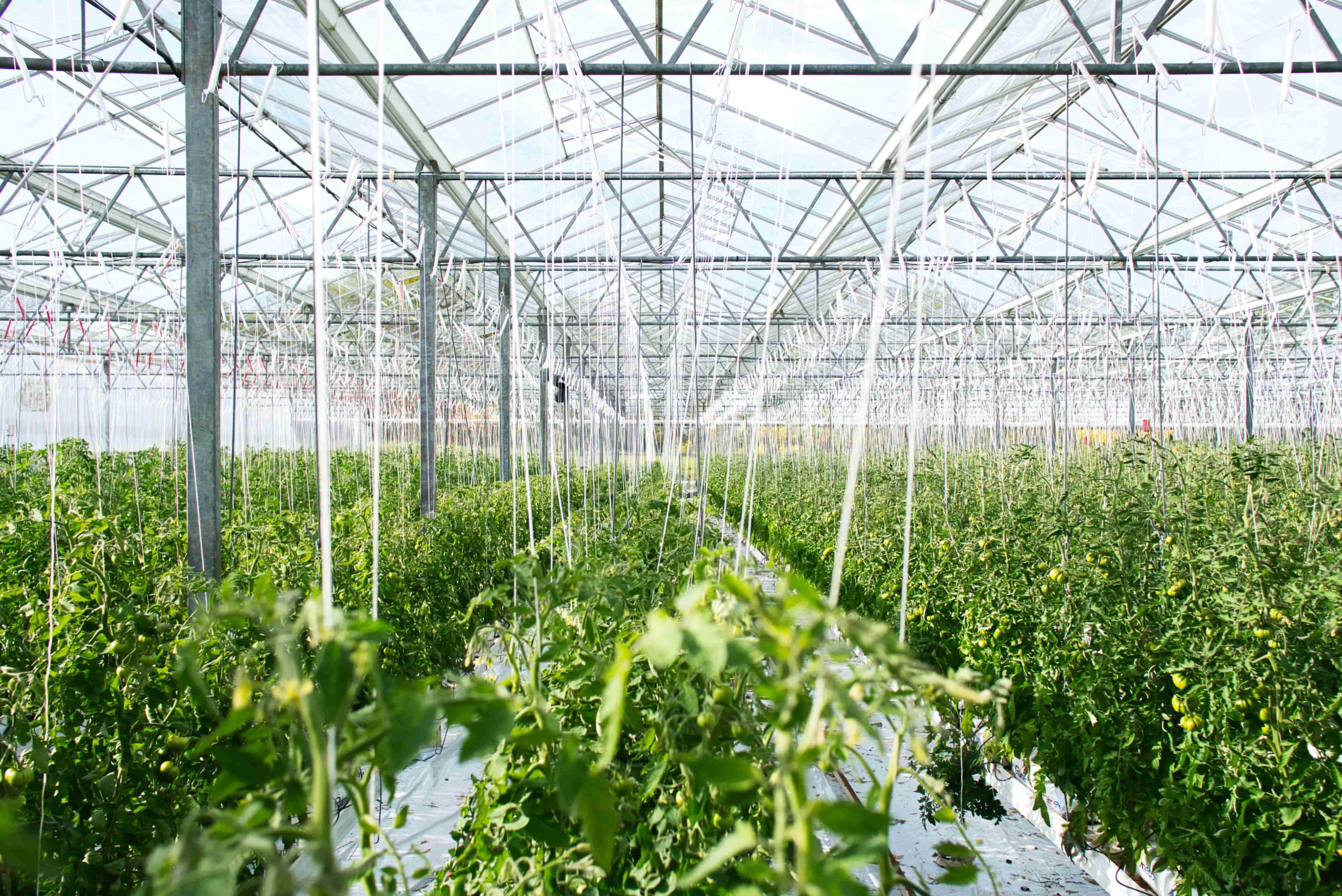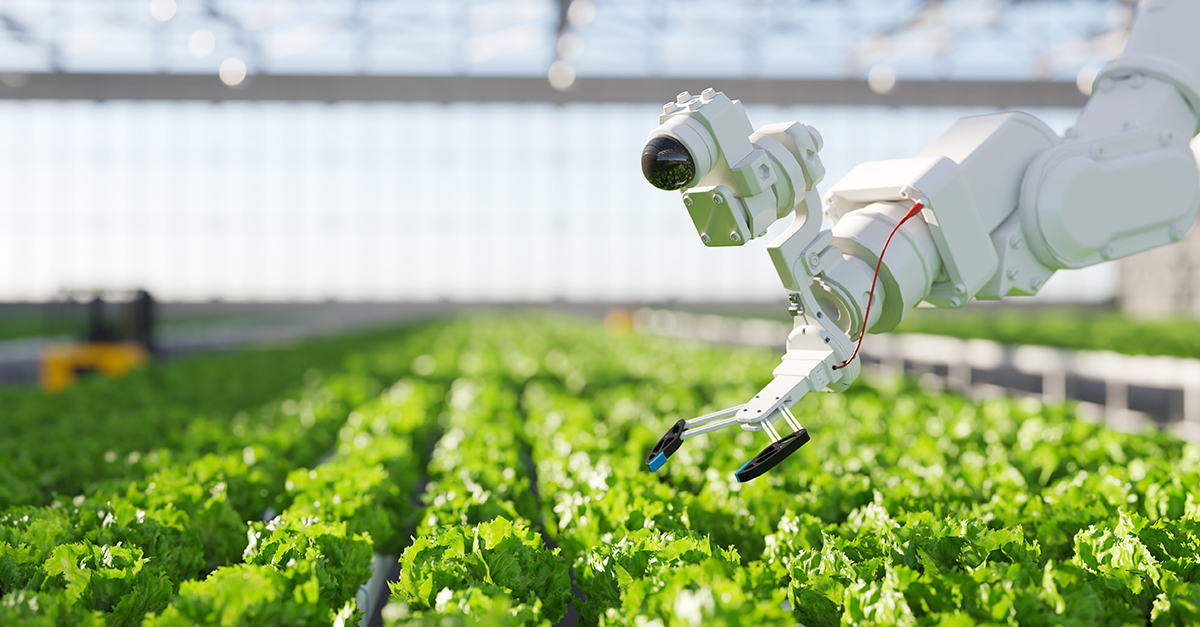What is Smart Agriculture?
Smart agriculture is the application of IoT within the agricultural sector. It involves utilizing IoT sensors and information harvesting technology to collect environmental data and metrics. This data enables farmers to make informed decisions and optimize various aspects of their operations, ranging from crop cultivation to livestock management. By harnessing smart technologies, farmers can understand the specific needs of their crops, taking into account weather conditions, flood risk, and pest prevalence.
The adoption of smart agriculture has seen significant growth, especially in the wake of the COVID-19 pandemic. Disruptions in the supply chain and labor shortages have prompted farmers to invest in technologies that can fuel innovation in their operations. In fact, according to Barclays AI Insights for Agriculture, 47% of farmers believe that COVID-19 has impacted their operations. As a result, 45% of UK agricultural specialists have turned to IoT solutions to overcome these challenges and drive efficiency.
The global smart agricultural market is projected to triple in size by 2026, reaching $20.8 billion. This exponential growth presents numerous opportunities for businesses looking to set themselves apart in the coming years.
The Benefits of Smart Agriculture

The integration of IoT technology into agriculture brings several key benefits that can transform the industry. Let’s explore the five core advantages of adopting smart agriculture:
1. Data
One of the most significant advantages of smart agriculture is the wealth of data that can be collected by IoT sensors. These sensors capture information such as soil quality, weather conditions, crop progression, and animal health. This data provides valuable insights into both the agricultural and business aspects of farming. By analyzing this data, farmers can gain a comprehensive overview of their operations and make data-driven decisions to optimize productivity and efficiency.
2. Control
By leveraging IoT technology, farmers can gain a greater grasp of their internal processes and exercise more control over their operations. With access to real-time data on environmental conditions and crop health, farmers can anticipate and mitigate potential issues. This foresight allows them to optimize production rates, plan harvests, and efficiently distribute their products. By having a better understanding of their resources and requirements, farmers can effectively manage their supply chain from start to finish.
3. Costs
Predicting irregularities during crop growth is crucial in reducing waste and costs. Smart agriculture enables farmers to monitor crop conditions and identify potential risks such as disease outbreaks or adverse weather conditions. By having early visibility into these challenges, farmers can take proactive measures to protect their crops, prevent losses, and minimize resource wastage. This not only saves costs but also contributes to sustainable farming practices.
4. Efficiency
Automation is a key aspect of smart agriculture. By utilizing smart devices, farmers can automate various processes throughout the production cycle. For example, in indoor farming, software can manage day and night cycles, nutrient distribution, and temperature regulation. In outdoor settings, automation can streamline activities such as irrigation, fertilization, and pest management. By automating these tasks, farmers can optimize resource allocation, reduce manual labor, and increase overall efficiency.
5. Quality
With greater control and efficiency, smart agriculture enables farmers to maintain high-quality produce, regardless of their growth capacity. By harnessing technology to monitor and optimize various factors like soil conditions, irrigation, and nutrition, farmers can ensure that their crops receive the optimal care needed for healthy growth. This attention to detail results in higher-quality products and enhances the reputation of the farming operation.
Transformative Technologies in Smart Agriculture

Several technologies are driving the transformation of high-tech farming. Let’s delve into some of the most promising innovations in smart agriculture:
1. Vertical Farming
Vertical farming is a revolutionary approach to agriculture that allows farmers to grow crops in a controlled indoor environment. By simulating ideal growing conditions and eliminating the impact of weather patterns and pests, vertical farming offers numerous advantages. Real-time data collection and precise control over lighting, temperature, nutrient application, and humidity enable farmers to optimize crop growth and maximize yield. Vertical farming is particularly beneficial in urban areas with limited space, as it allows for year-round cultivation in compact vertical structures.
2. Climate Monitoring
Smart weather stations are essential gadgets in smart agriculture. These stations collect a wide range of data points from their surroundings, providing farmers with valuable insights into climate conditions and weather patterns. By analyzing this data, farmers can make informed decisions about crop selection, planting times, and other factors that influence agricultural outcomes. Climate monitoring technology guides farmers in choosing the most suitable crops for specific conditions, optimizing resource allocation, and improving overall productivity.
3. Livestock Management
Monitoring the health and wellbeing of livestock is crucial for efficient livestock management. IoT sensors and technologies enable farmers to track the location, health, and behavior of their animals in real-time. Similar to pet collar trackers, these sensors can be attached to livestock, providing updates on their physical health and location. By leveraging this technology, farmers can identify and address health issues promptly, monitor the overall well-being of their livestock, and prevent the spread of diseases within the herd. This proactive approach enhances animal welfare and improves the efficiency of livestock production.
4. Drones
Agricultural drones are becoming increasingly prevalent in modern farming operations. These unmanned aerial vehicles (UAVs) are equipped with sensors and cameras that enable them to perform a range of tasks, from crop planting to pest control and crop monitoring. Drones can capture high-resolution images of fields, allowing farmers to detect crop stress, nutrient deficiencies, or signs of disease. By surveying the land from above, drones can quickly identify problem areas and enable farmers to take targeted action. The use of drones reduces the need for manual labor, improves efficiency, and provides farmers with valuable insights to enhance crop management.
5. Predictive Farming
Predictive farming relies on smart sensors and IoT technology to provide crucial data for making informed predictions about future agricultural outcomes. By analyzing historical and real-time data, farmers can anticipate potential challenges and plan accordingly. Predictive analytics can forecast crop growth rates, disease outbreaks, and yield estimates. This information allows farmers to optimize resource allocation, plan harvests, and make data-driven decisions to maximize productivity and efficiency. Predictive farming transforms agriculture from a highly variable and unpredictable process into a more manageable and predictable one.
Embracing the Future of High-Tech Farming

The integration of IoT and smart agriculture is transforming the agricultural industry, bringing unprecedented levels of control, efficiency, and sustainability. By leveraging the benefits of IoT technology, farmers can optimize their operations, reduce costs, and improve the quality of their produce. Vertical farming, climate monitoring, livestock management, drones, and predictive farming are just a few examples of the transformative technologies that are shaping the future of high-tech farming.
As the agricultural sector continues to embrace innovation, there are endless possibilities for further advancements. The next Industrial Revolution holds the potential for even more groundbreaking technologies that will propel agriculture to the forefront of technological innovation. By staying informed, adopting new technologies, and leveraging the power of IoT, farmers can pave the way for a more sustainable and productive future in high-tech farming.
